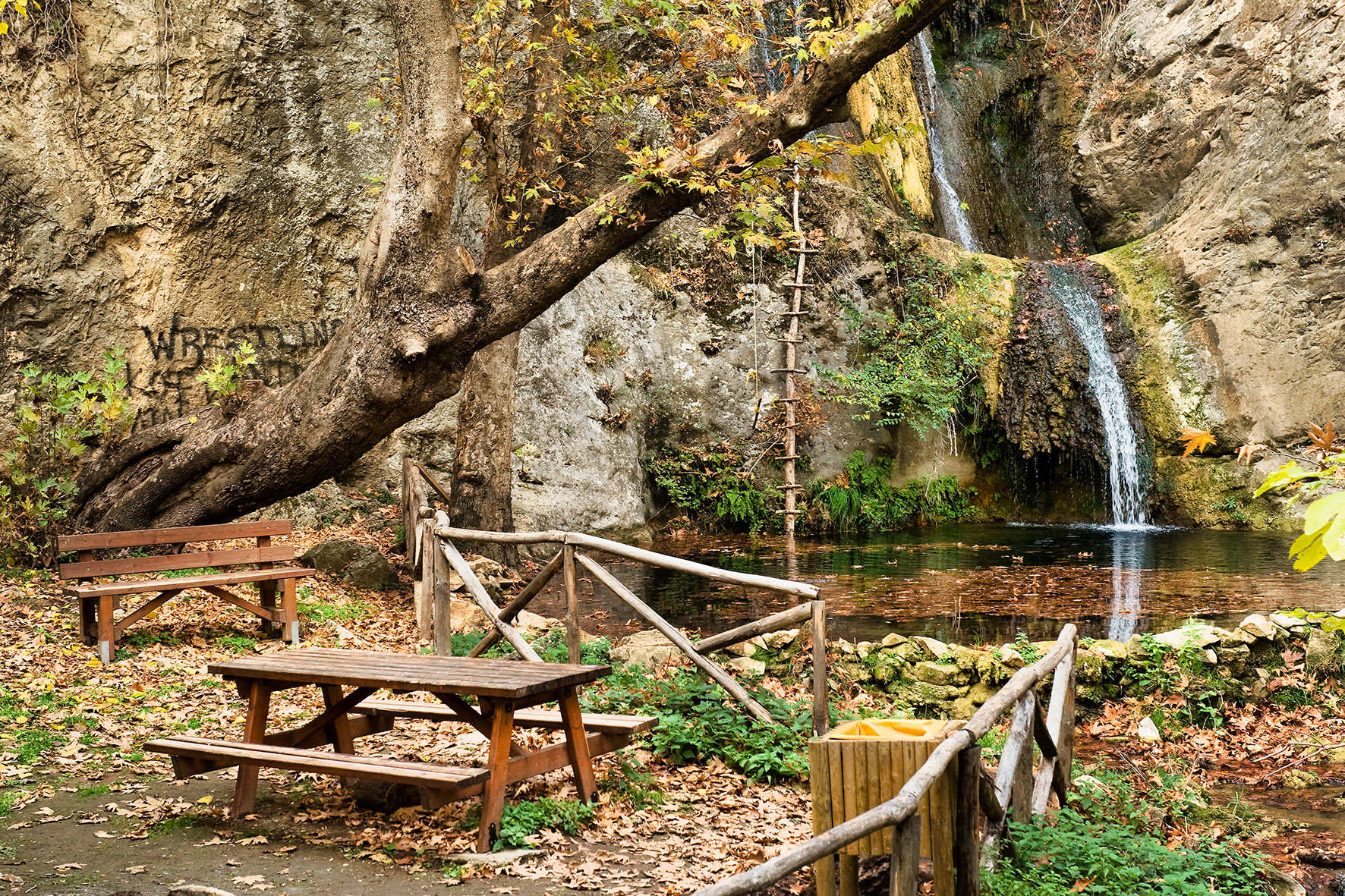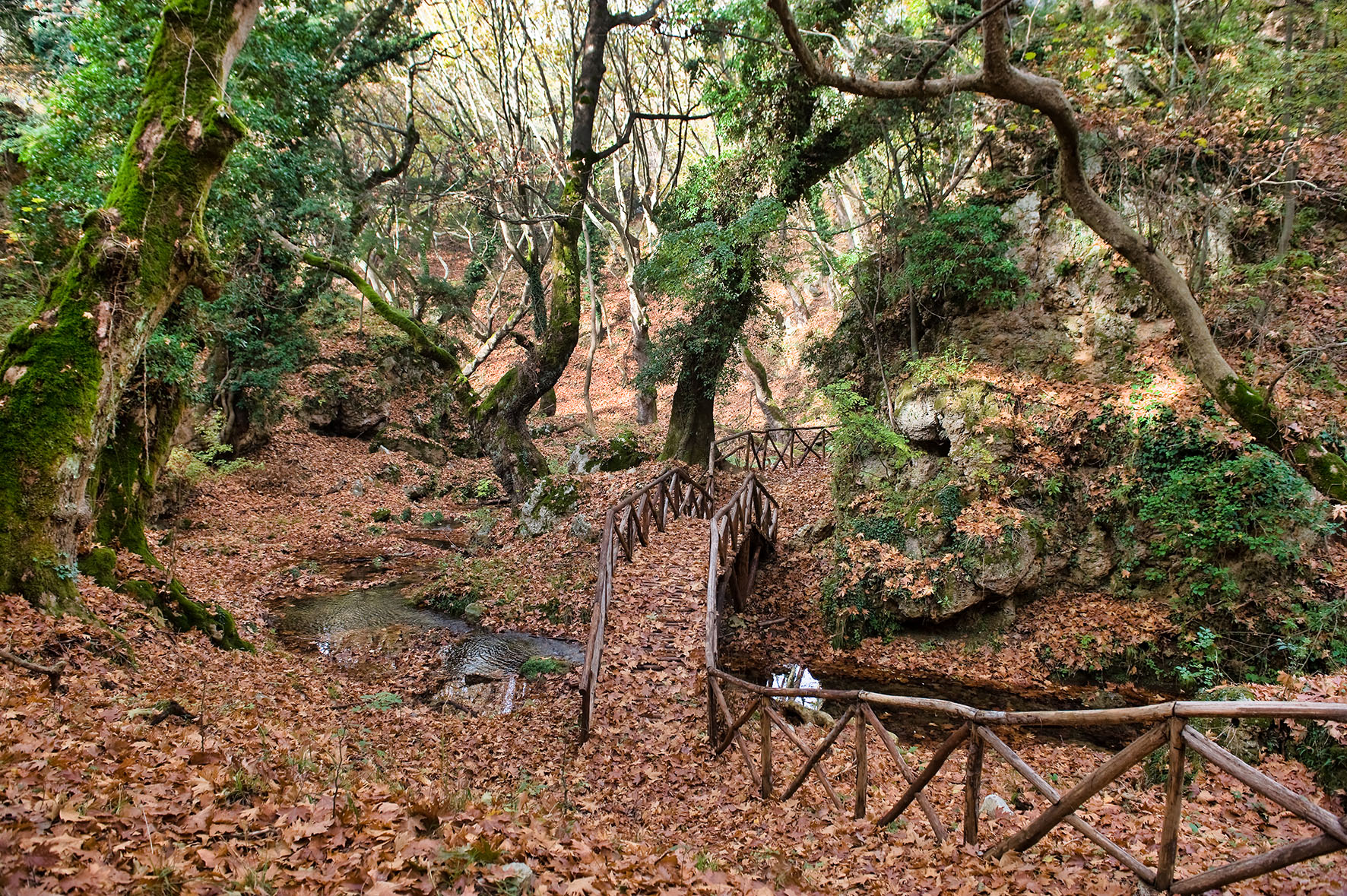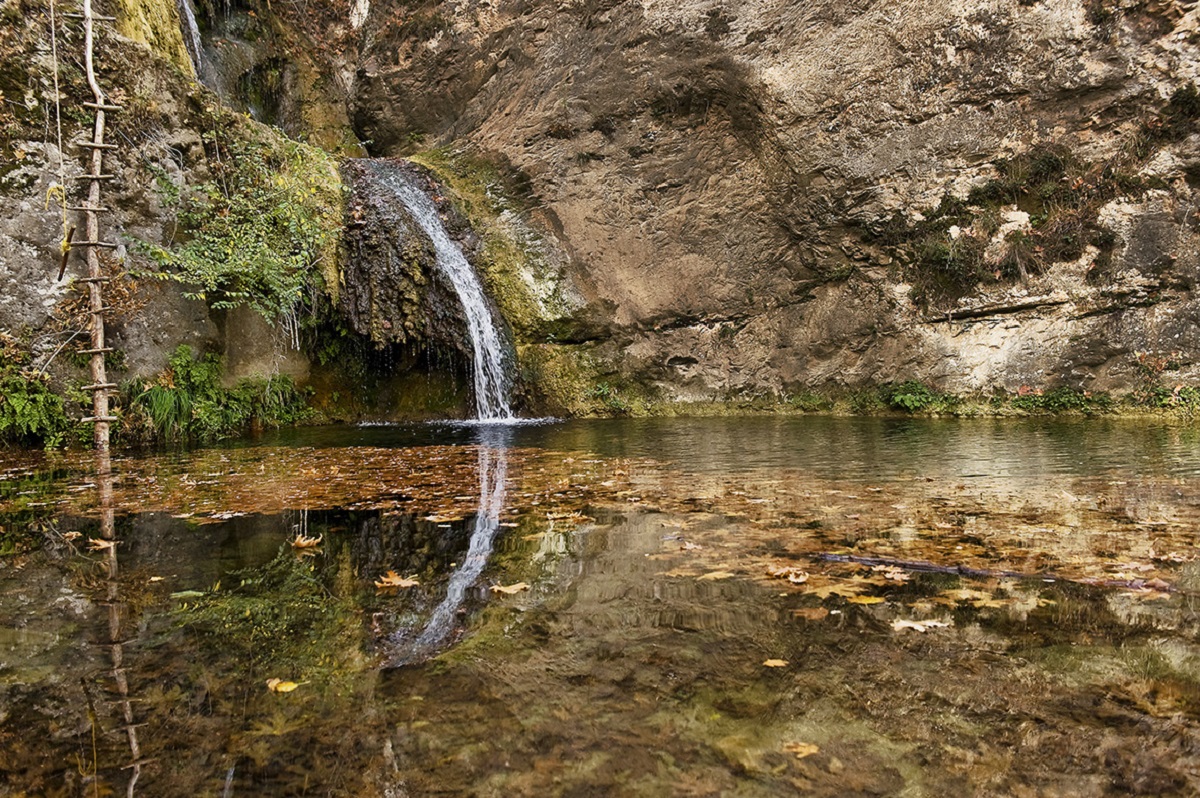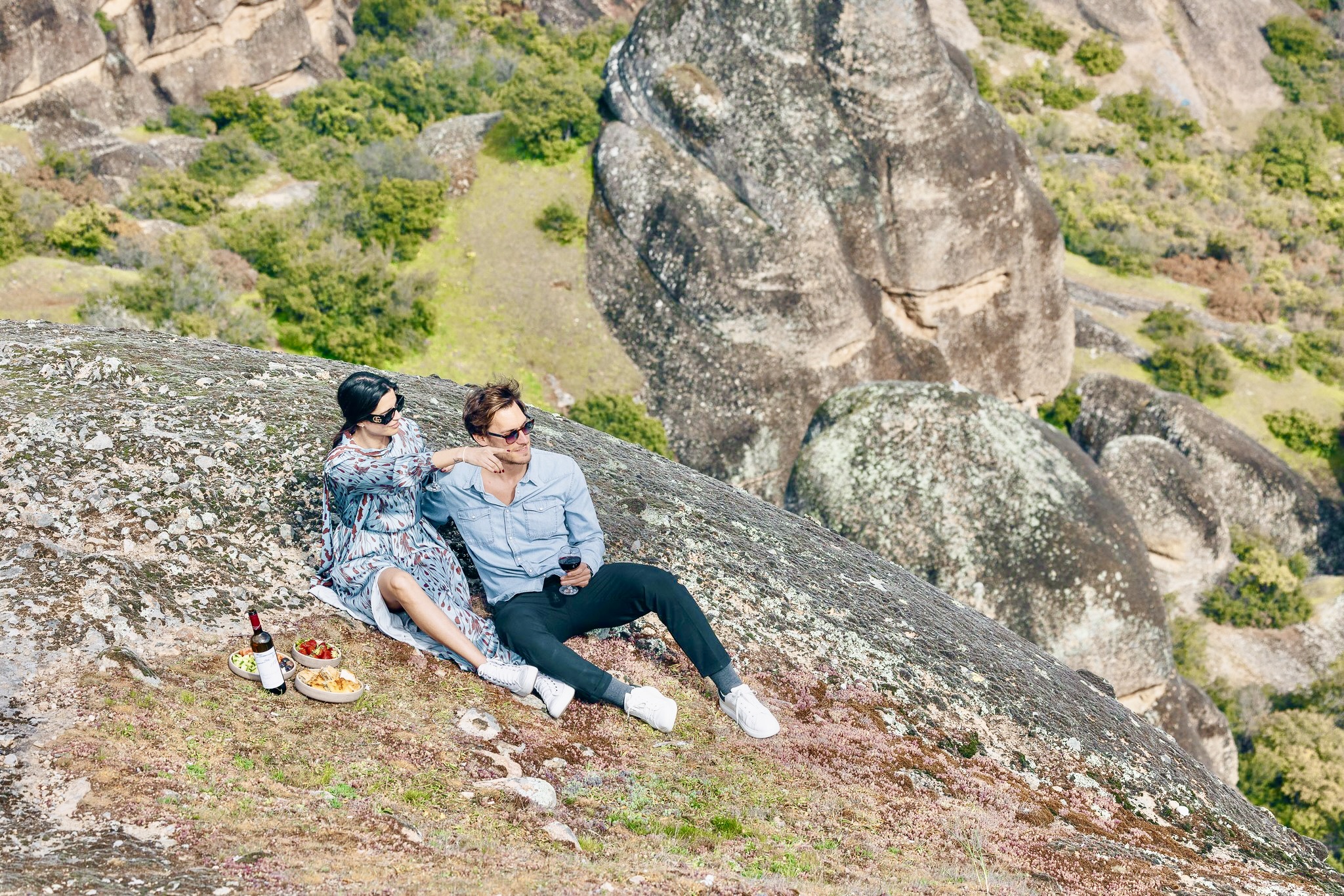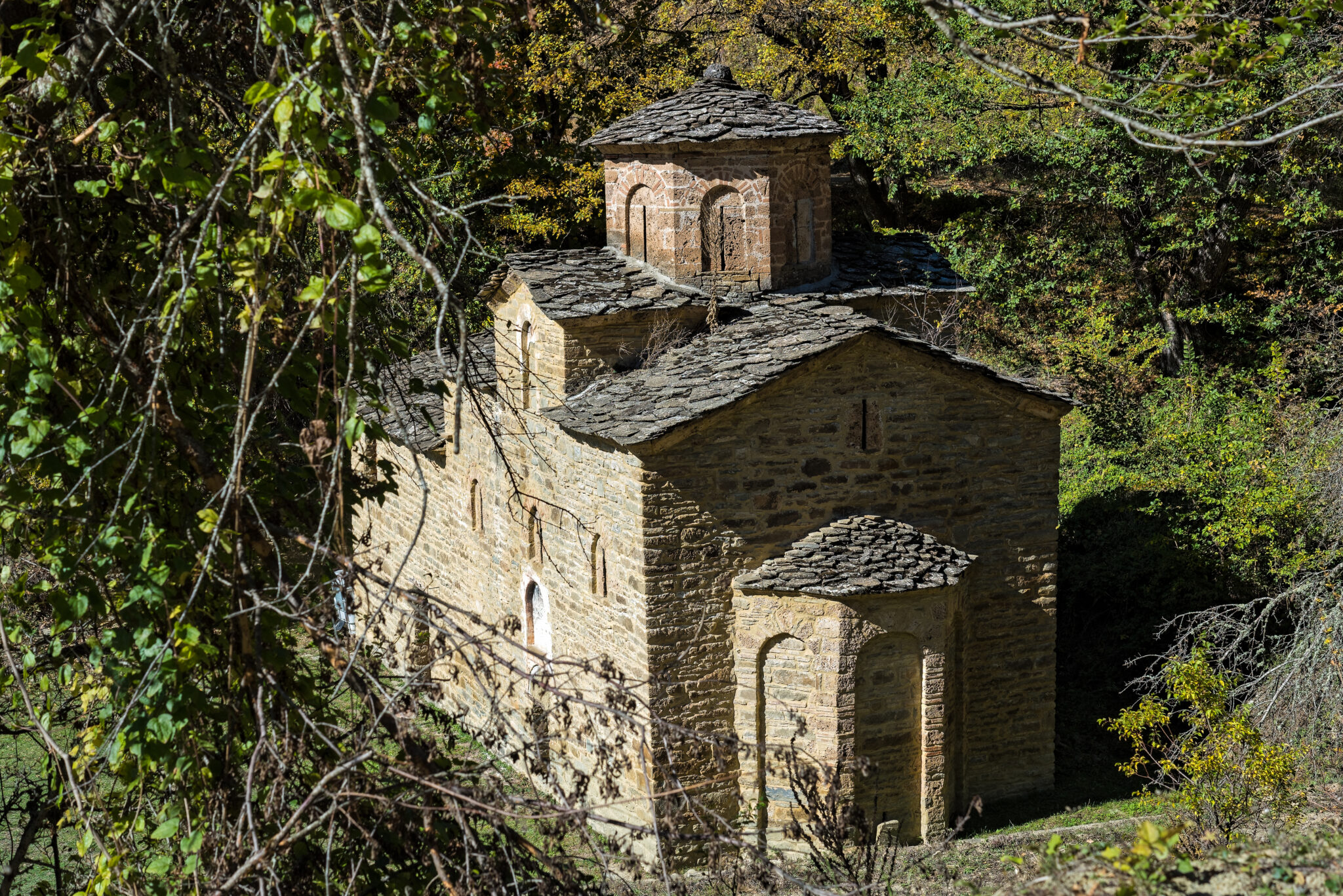It is one of the most beautiful hiking trails you can enjoy in Kavala and eastern Macedonia in general. And it gets even better with the arrival of spring, which regenerates the green landscape around it, transforming it into a small “jungle”.
The reason is the Palea Kavala trail, which of course took its name from the village it is part of. Palea Kavala is located where the ancient city of Skavala used to be and was founded in 1391, at 360 meters altitude on the edge of the mountain Symvolo.
Today Palea Kavala is officially registered as a traditional settlement and has 108 permanent residents (according to the 2011 census). It has also been known for years for the beauty of its natural landscape, its oregano and its taverns. It is very easy to access from Kavala by road, as the distance between the two is only 15 km.
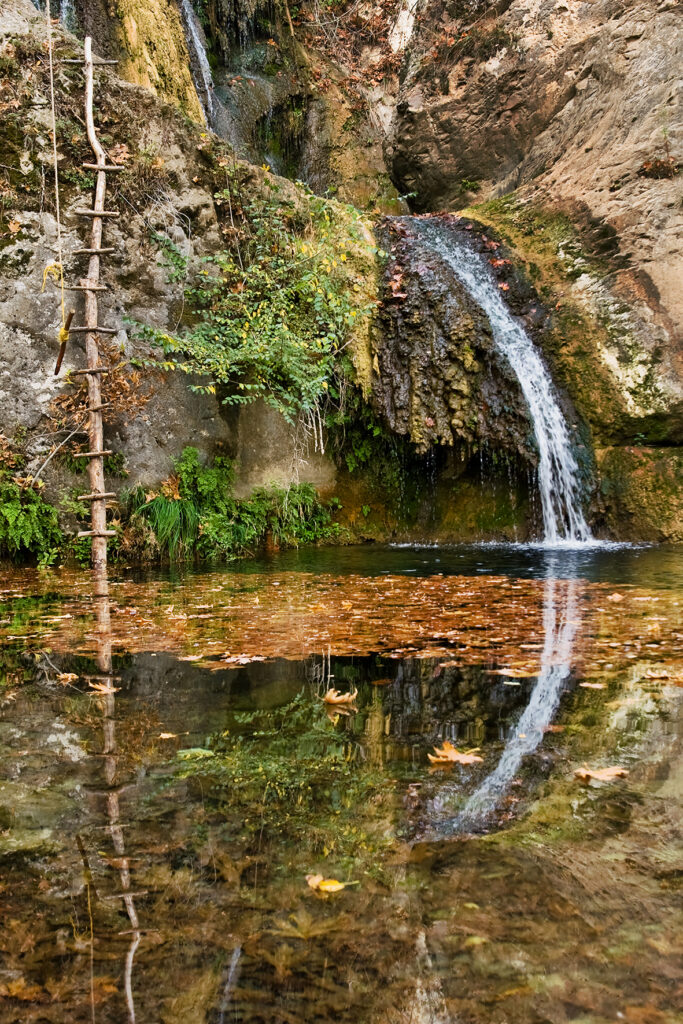
The Palea Kavala trail is laid out along the stream of the village, right next to the provincial road that connects it to Zygos. The hiking trail stretches for just over 2.5 kilometres (expect to take about 1.5 hours) and is particularly enchanting during the spring and summer months, when the surrounding landscape turns green and the waters abound.
The perennial plane trees offer wonderful shade even on the hottest days, while the abundance of ivy and vines – sprawled on the trunks of the trees – create the aforementioned “jungle” impression, combined of course with the special flora of the area. The picturesque wooden bridges also ensure that even some of the most difficult parts of the route remain easy to cross and perfectly safe.
However, the hike includes other attractions, all linked to the presence of the gurgling waters. Along the route, for example, you will pass a restored watermill, which you can even visit (if you have made arrangements with the local Cultural Association) to watch the traditional milling process with a water-powered millstone. In addition, you will also see what elder inhabitants of the village called “ntoulapi” (meaning cupboard): a water mill, where they used to wash carpets or heavy clothes (e.g. capes). In the past, Old Kavala had 13 watermills and a significant flour production. Most of them now stand derelict and covered by dense vegetation – the last one ceased to operate in the 1970s.
But the most impressive attraction of the trail of Palea Kavala is its magnificent waterfall, which never fails to impress visitors. You will hear its gurgling sound before you even see it and watch it cascade from a height of (about) 10 meters, divided into two distinct levels. Over time, in fact, the momentum of the water has sculpted the rock around it, creating two separate pools, which you can dive into in summer, enjoying their crystal clear waters – bear in mind, however, that they are quite cold.
How to get there
Following the Kavala – Drama highway you will leave Kavala and, reaching the junction of the military airport, you will turn towards the mountain. In about 4 km you will meet another intersection, where you will turn right, towards Palea Kavala. Around 300 metres later, a dirt detour will take you to the old quarry, where you should turn left onto another dirt road. This will lead you to the western entrance of the trail.
There is also an eastern entrance, but you have to get to Palea Kavala to find it. It is located right at the entrance of the settlement, to the right of the tavern you will see there. It is accessed via a dirt footpath with a downhill slope.
Read also:
Carla Lake in Thessaly is one of the most important wetlands in the Mediterranean
Nemuta: The unknown waterfalls of mountainous Ilia are quite a spectacle



